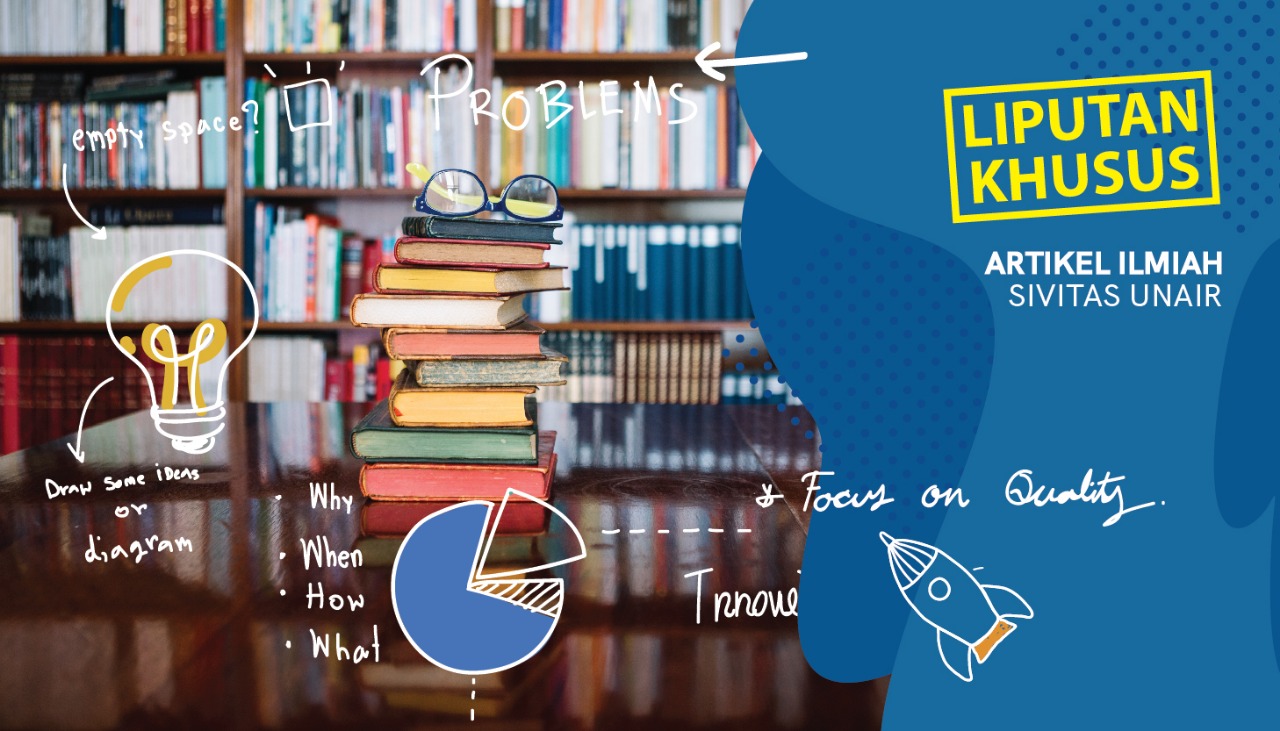UNAIR NEWS – Based on existing studies, there is more than 50 percent of companies in Indonesia that are still not ready to innovate. Meanwhile, people stated that “We must innovate or die.” Why does that happen?
Most of the innovations are made by the company’s employees. So, the next question is why employees are afraid to innovate?
This question motivated Jovi Sulistiawan, S.E., M. SM., and the team to conduct research. He said that most studies see innovation as a way for employees to improve their performance.
The main focus of this research is improving employees’ innovative work behaviour, and the study reveals that employees tend to avoid this behaviour because innovation is a risky move.
However, there is one thing that usually people do not realize. Mostly, people innovate to improve their public image to be seen as more innovative.
“But on the other hand, employees tend to avoid innovative behaviour because innovation is risky behaviour. If they fail, it will destroy the image that has been built, “he explained.
Previous research is only from a socio-political point of view using the variable image. Then, this study has additional variables, namely variables that discuss self-presentation. It refers to our desire to present a portrait in front of others.
“The higher self-presentation, the tendency to innovate will also be higher with the motive of improving self-image,” he added.
According to Jovi, the three main components will support employees to innovate. Among these are support by the organization, support from superiors, and support from colleagues. Of the three, it turns out that enough to influence the behaviour of innovation is precisely the support of the organization and the support of colleagues.
“The support from manager does not affect,” he added.
The surprising finding from this study is the quality of the relationship between employees and their peers do not affect the risk of employee image. Besides, self-monitoring does not moderate the relationship between the expected image acquisition and innovative work behaviour.
In his research, Jovi explained there are several ways to reduce social risk. First, by providing strong support for employees involved in innovation activities.
“Furthermore, manager also have an important role in reducing the social risks of their employees,” he concluded. (*)
Writer : Sandi Prabowo
Editor : Khefti Al Mawalia
References:
Sulistiawan, J., Herachwati, N., Permatasari, S.D., Alfirdaus, Z. 2017. The antecedents of innovative work behavior: The roles of self-monitoring





